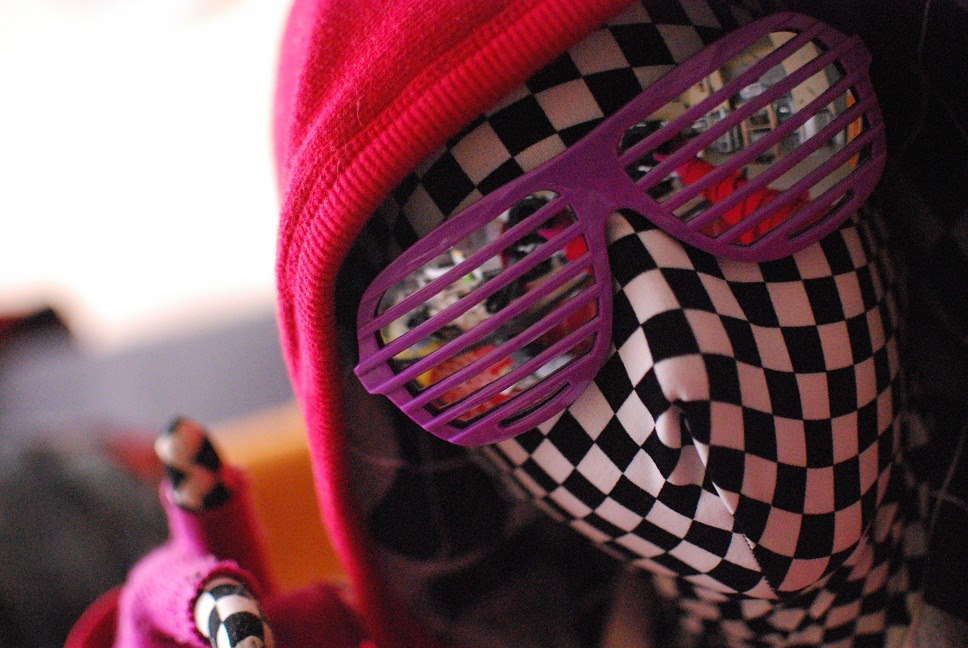It’s been a while since I last posted (and in fact, even since I last wrote an entry on my personal blog), and this entry is about part of the reason why—and that if you’re reading this, you should take up similar pass times. For anyone who is unfamiliar with the distinction between so-called “peaceful” actions and non-violence, I’d suggest you keep a stopper on that query until a later date, when I will answer that question for you in another piece of writing. In this piece of writing, I am deliberately choosing not to talk about “peaceful” anything; however, I am also not talking about aggressive behaviour or confrontation of any kind, while focusing on a specific form of non-violent direct action. As for the term “direct action”, this generally means, as an activist of any kind, taking matters into your own hands. Direct action is often associated with aggressive behaviour, confrontation, hostility, and violence, whether or not the actions taken even are violent (i.e., police and sometimes even military tend to be responsible for the escalation of direct action to the point of violence, as is being seen in New Brunswick right now, where non-violent protesters in a road blockade are being arrested for laying tobacco on the highway). For instance, I’ve written before about effective grassroots protest methods including the formation of a Black Bloc, and generally speaking, any community of activists can reasonably anticipate infiltration by undercover police if they are effective at anything they are doing (i.e., one more reason for the Black Bloc). Violence is often rather paradoxically mis-characterized as well, in that many see vandalism of inanimate property such as vehicles and buildings as violence, but fail to acknowledge or even recognize systemic oppression such as poverty (a direct and necessary product of capitalism) or racism (a direct and necessary product of cultural chauvinism, cultural imperialism, and white supremacy) as violence. For that matter, most people fail to recognize the inherent violence of the very existence of those buildings and vehicles themselves — environmental violence. I’ll be addressing that further when I write about the distinction between “peaceful” and non-violent some other time.
Now that all of that is aside, I bet you’re wondering what the actual fuck I’m talking about — what is the non-violent direct action anyone can do and that everyone should? Well, it started with a strong curiosity about a certain bird (I’m kind of nuts about birds, as anyone who knows me personally can tell you). Then it became very long walks in the forest. And then the marsh. And recently, the beach too. Most often, these walks have been a solitary activity, but on a few occasions, I’ve had human company. Over the past few months, it’s become the (technically illegal) gradual discovery, extraction, and disposal of several hundred pounds of trash by yours truly from former Coast Salish village sites, forests, marshes, and beaches. And you could (and should) be doing it too.


